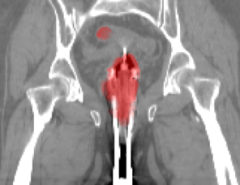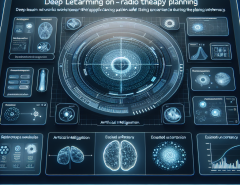NeuroSimTech
Elevator Pitch: At NeuroSimTech, we leverage advanced AI to bring neuromechanical research into the virtual realm, allowing you to conduct safe, efficient, and precise pre-clinical trials. Our digital twins save time, reduce costs, and improve the safety of rehabilitation and ergonomic product development, propelling you into a new era of human-centered innovation.
Concept
Neuromechanical digital twin simulation for pre-clinical trials in rehabilitation and ergonomic design
Objective
To provide an advanced simulation platform for researchers, physiotherapists, and ergonomic product designers to test and validate their work before human trials.
Solution
Utilizing a state-of-the-art human motion simulation platform, MyoSuite, enhanced with Reinforcement Learning to create accurate digital twins that replicate the neuromechanical behavior of the human body.
Revenue Model
Subscription-based access for research institutions and companies. Additionally, customization services for specific research applications and consultancy for ergonomic design.
Target Market
Research institutions, rehabilitation centers, physiotherapy clinics, ergonomic product manufacturers, and healthcare technology companies.
Expansion Plan
Start with elbow models and gradually include the entire musculoskeletal system. Expand to consumer-level applications for fitness and sports training.
Potential Challenges
High computational resource requirements, ensuring model accuracy, data privacy concerns.
Customer Problem
The need for a cost-effective and efficient way to test neuromechanical hypotheses and ergonomic designs without the complexities of early-stage human trials.
Regulatory and Ethical Issues
Compliance with medical software regulations, ethical use of patient data for model training, ensuring virtual experiment guidelines.
Disruptiveness
Potential to revolutionize pre-clinical trials in rehabilitation and reduce time-to-market for ergonomic products; a significant leap from traditional human subject testing.
Check out our related research summary: here.



Leave a Reply